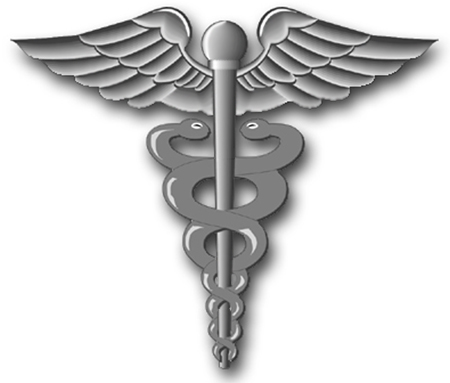Transgender and gender diverse youth have become more visible than ever. How does transgender history inform us about where society is at in the United States?
Jules Gill-Peterson: A lot of the rhetoric around [trans] kids frames them as totally new – most people are getting to know that there are trans youth for the first time. The visibility that we’re dealing with today is pretty unprecedented. But that doesn’t mean [transgender] people themselves haven’t existed before.
One of the challenges that anyone who’s trans faces is coming to an understanding of yourself in a culture that fundamentally doesn’t recognize that you exist. One of the most remarkable things about trans youth is that they’re able to stand up in this world that we’ve created, that gives them no reason to know who they are, and say, “Hey, actually, I know something about myself that none of the adults in my life know.”
I think history can be a really powerful grounding force to give young people a sense of lineage. It’s not like you look back in time and you see yourself reflected, by any means. But I think it can be profoundly reassuring, in a moment of not just political backlash but the general isolation that trans people face in a cis-normative society, to be able to [see] that you’re not the first person to ever go through this. [I think] that is just kind of a powerful message and one that I certainly subscribe to as an adult too, but I can imagine it’s especially important for young people.
What does “cis” mean and where does it come from?
Jules Gill-Peterson: This is actually a term from chemistry. It’s a prefix that you can put in front of words. So is the word “trans.” Trans as a prefix means across – it’s the spatial metaphor moving across something. Cis means on the same side of. At some point on the internet, people started using that word; they were looking for a word to distinguish between people who are trans and people who are not. Cisgendered came to mean that your gender identity matches what was assigned at birth. That being said, it’s not a totally kind of innocent or uncomplicated term. I’m not sure how helpful it is to think of cisgender as something that people need to own up to, for example, in a pronoun circle (when people introduce themselves by name and by the pronouns they prefer).
I think often the pressure for people to [identify] as cis doesn’t make any sense, either. It’s like, well, what makes you cisgender? Did you really go through that long process of deciding if your gender matched what’s on your birth certificate, like trans people have to deal with? I tend to use the word cis in my work to describe large historical structures that created that very obligation in the first place.


